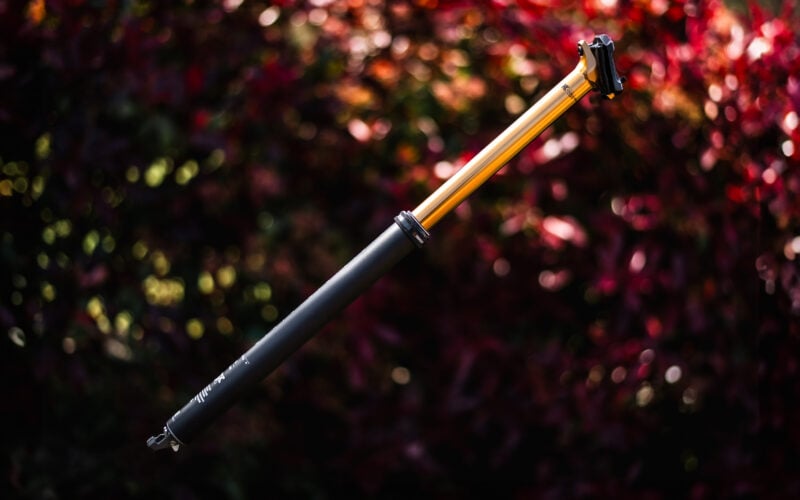„… made her into a healthy young man“: Diodor on sex-changing surgery
Diodor of Sicily was a Greek historian of the first century BCE. For the history of bodies ‚between‘ the sexes, his monumental Library of history is important mainly for two reasons. First, his account...
View ArticleSkulptur, Musik und Literatur: These, Antithese und Synthese
Auch im symbolischen Bereich gibt es die zeitliche Dimension, gibt es Veränderung und Denken in Bewegung. Der Ansatz, dass Wahrheit wesentlich zeitlich sei, kommt in Hegels dialektischer Auffassung von...
View ArticleSkulpturhaftigkeit und Musikalität in den aktuellen Intersexerzählungen
Der Roman Mitgift kontrastiert insofern mit der [hier] beschriebenen „Musikalität“ als er von eher statuarischer Art ist, und zwar im doppelten Sinne: der Leser taucht eben so wenig in das Erleben der...
View ArticleDie Zeitlichkeit des Geschlechts (Resümee)
Warum tritt ausgerechnet in Intersexkunst der Aspekt der Zeitlichkeit in den Vordergrund? Die Antwort ist klar und deutlich: Weil das Geschlecht eine zeitliche Größe ist. Dies wird häufig übersehen,...
View ArticleConstantine the Great and the persecution of ‚androgynoi‘
The idea that hermaphrodites in premodern Europe were persecuted on a regular base has featured several times in this blog, as it is still a common misconception. Indeed, it may be called a myth, and...
View Article„Histoire du corps. Découpes, normes et métaphores“ (workshop)
Véronique Dasen is organising a workshop on body history „Histoire du corps. Découpes, normes et métaphores“; two papers deal with (double-)sexed bodies. Here’s the programme:...
View ArticleAndrogyne Kugelmenschen in Platons Symposion (griechisch und deutsch)
Neben Ovids Aitiologie des Gottes Hermaphroditos dürfte die Rede des Aristophanes in Platons (gest. 348/347 v. Chr.) Symposion zu den am weitesten rezipierten literarischen Quellen zur Figur des...
View ArticleSpherical androgynes in Plato’s Symposium (Greek and English)
Apart from Ovid’s aitiology of the Goddess Hermaphroditos the speech of Aristophanes found in Plato’s Symposium is one of the most influential literary texts on hermaphrodite/androgynous bodies. Like...
View ArticleIphis and Ianthe: changing sex and gender – but not the name
Montaigne in his famous essay „De la force de l’imagination“ without reference quotes the following line: Vota puer solvit, quæ foemina voverat Iphis. [As a boy Iphis fulfilled vows made as a girl.]...
View ArticleGregory of Nyssa on sex, gender and hermaphrodites (Greek and English)
Medieval and, to a lesser extent, early modern theologians surpringly often ‚discussed‘ the possibility the Adam was created hermaphrodite. I say ‚discussed‘ as the position was pretty much a straw man...
View Article








